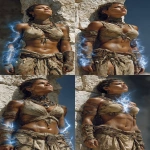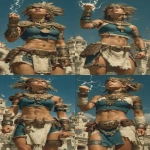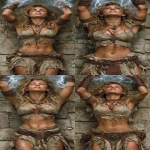Explore the Best AI Image Gallery

Beyond the Canvas: How AI-Generated Visual Content is Transforming Creativity
The realm of art and design has always been fueled by human imagination. But a new wave of technology is changing the game: AI-generated visual content. From stunningly realistic images to mesmerizing animations, artificial intelligence is pushing the boundaries of whats possible, blurring the lines between human creativity and machine ingenuity.
The Creative Canvas Reimagined
Imagine a world where artists can instantly generate visuals based on their ideas, eliminating time-consuming drafting and design phases. AI tools are making this a reality. Platforms like DALL-E 2, Midjourney, and Stable Diffusion allow users to input text prompts – a simple description of an image they envision – and receive unique, original artwork as output. This democratization of creation empowers anyone, regardless of their artistic skills, to bring their imaginative visions to life.
Applications Across Industries
The impact of AI-generated visual content extends far beyond the traditional art world. Industries are leveraging its potential in innovative ways:
- Marketing and Advertising: Creating captivating visuals for social media campaigns, product advertisements, and immersive brand experiences.
- Gaming and Entertainment: Generating realistic environments, characters, and special effects, enhancing storytelling and player immersion.
- Architecture and Design: Rapidly prototyping building designs, visualizing interior spaces, and exploring innovative architectural concepts.
- Education and Research: Visualizing complex data sets, creating interactive learning materials, and simulating scientific experiments.
Ethical Considerations: Navigating Uncharted Territory
As with any powerful technology, the rise of AI-generated visual content raises important ethical considerations:
- Copyright and Ownership: Who owns the rights to AI-generated art? Is it the user who provided the prompt, the developer of the AI algorithm, or the AI itself?
- Bias and Representation: AI algorithms are trained on massive datasets, which may contain inherent biases that reflect societal stereotypes. This can lead to the generation of biased or offensive content.
- Misinformation and Manipulation: The ability to create hyperrealistic images and videos raises concerns about the potential for creating deepfakes and spreading misinformation.
Striking a Balance: Responsible Development and Use
Addressing these ethical challenges requires a multifaceted approach:
- Transparency and Accountability: Developers should be transparent about the training data used for AI models and the potential biases that may exist.
- Ethical Guidelines and Regulations: Establishing clear guidelines and regulations for the development and use of AI-generated visual content can help mitigate risks.
- **Education and Awareness:** Raising public awareness about the capabilities and limitations of AI, as well as the ethical implications, is crucial.
The Future of Creativity: A Collaborative Landscape
While AI-generated visual content presents both opportunities and challenges, its impact on the creative industry is undeniable. The future likely holds a collaborative landscape where human creativity and AI technology work in tandem to push the boundaries of artistic expression further than ever before.
AI can serve as a powerful tool for artists, designers, and innovators, augmenting their abilities and enabling them to explore new creative frontiers. However, its essential to approach this technology with responsibility, ensuring that it is used ethically and for the benefit of society as a whole.
](https://images.ai-img.art/thumbnails/150/bc5b40f43007c984885fc5b035e0fd81d75554a8730895e067565a6b7050524b.webp)

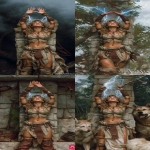
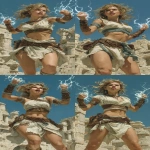
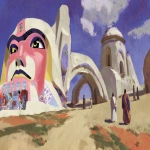
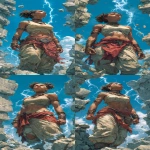
](https://images.ai-img.art/thumbnails/150/8aa2589b60ffe3dde30a265a6cac8d4ae71901c658ca48c4344f21436de413fb.webp)
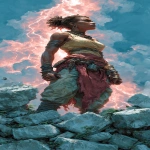

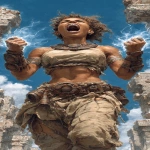
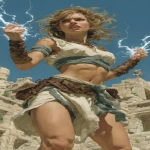

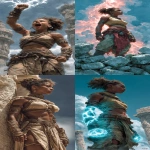




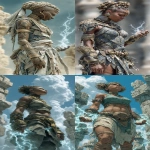
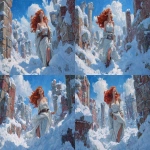

](https://images.ai-img.art/thumbnails/150/00df9b84a8818b4130bce9ca10c0c67ff2bc8952ca0fb5012dafc9b1c6378e67.webp)

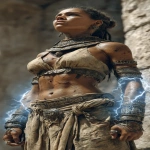
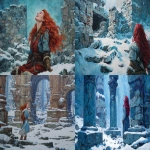
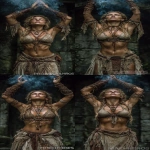



](https://images.ai-img.art/thumbnails/150/39c6bd41a1282b304a06fb11053bd009750b3879060719b1adb959228dbcd41a.webp)


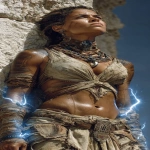
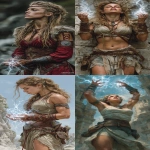

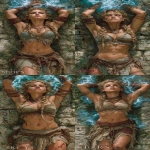







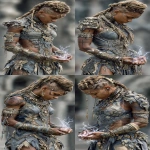
](https://images.ai-img.art/thumbnails/150/33a7122c923d87ba243a3afa0b16a930f1603be27b8ac938ff7f4ae4f5140553.webp)
